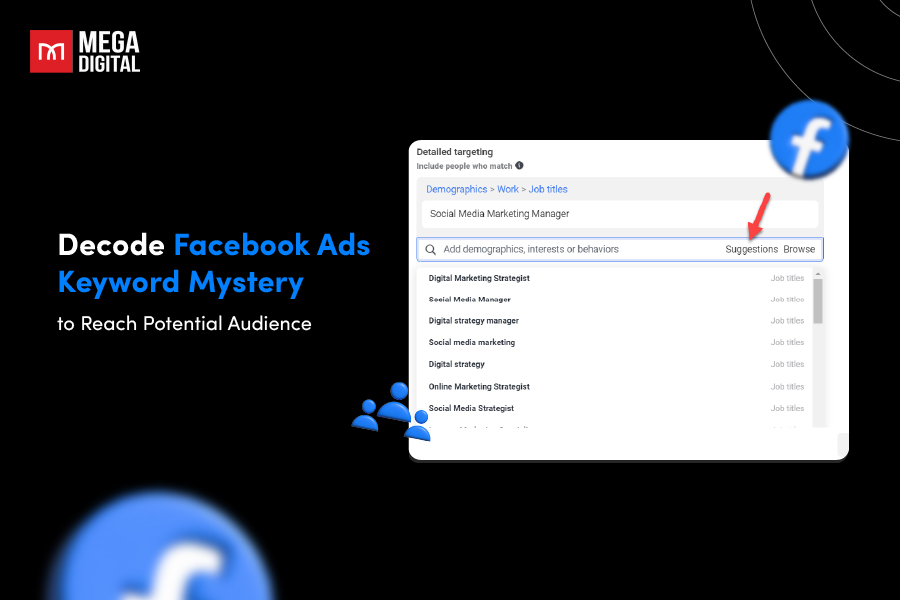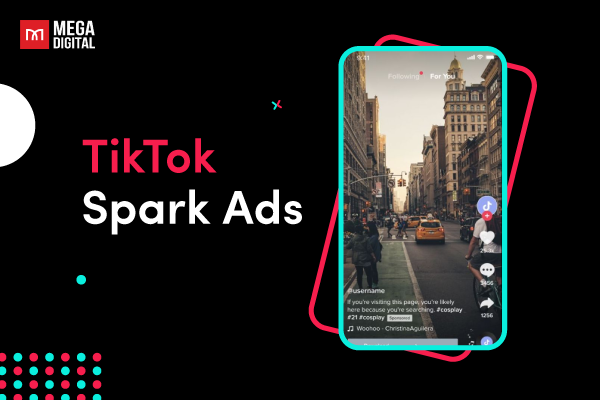Are you struggling to see the results you want from your Pay-Per-Click campaigns? With the right strategies, you can significantly enhance your ad performance and maximize your ROAS. In this guide, we’ll explore 13 proven pay-per-click strategies that can transform your campaigns into profit-generating powerhouses.
- Top 13 Pay-Per-Click Strategies to Increase Your Revenue
- #1 Use Specific Long-Tail Keywords
- #2 Prepare Engaging Ad Copy
- #3 Optimize Landing Pages for Maximum Conversions
- #4 Advertise on Multiple PPC Platforms
- #5 Set a Realistic Budget for Your Campaign
- #6 Use Negative Keywords
- #7 Enhance Ads with Relevant Extensions
- #8 Using TikTok In-Feed Ads
- #9 Target Audiences Based on Life Events
- #10 Use Dynamic Keyword Insertion (DKI) for Personalized Ads
- #11 Target Business Professionals with Bing Ads
- #12 Use Snapchat Ads for Mobile-First Audiences
- #13 Use Trending Hashtags on Twitter
- Example of a PPC Strategy from Mega Digital
Top 13 Pay-Per-Click Strategies to Increase Your Revenue
To achieve outstanding results in your pay-per-click advertising campaigns, let’s consider using these effective strategies:
#1 Use Specific Long-Tail Keywords
If you’re looking to maximize your PPC campaign’s effectiveness, first of all, focus on long-tail keywords. Long-tail keywords are specific phrases, typically 3 or more words, that target niche audiences with high purchase intent.
These keywords tend to have less competition, resulting in higher click-through rates (CTR) and lower cost per click (CPC), while also improving your Quality Score by attracting more relevant traffic.

For example, a head term like “PPC” is too broad and attracts a wide, non-targeted audience, while 2-3 word phrases like “PPC agency” or “PPC management company” narrow it down but still face significant competition.
However, long-tail keywords like “PPC management companies that do display” are much more specific, attracting a more qualified audience with a higher chance of converting.
#2 Prepare Engaging Ad Copy
To improve PPC performance, focus on emotional ad copy that highlights user benefits, not just product features. Include a clear, concise CTA that prompts users to act, such as making a purchase or signing up, with urgency and direct action.
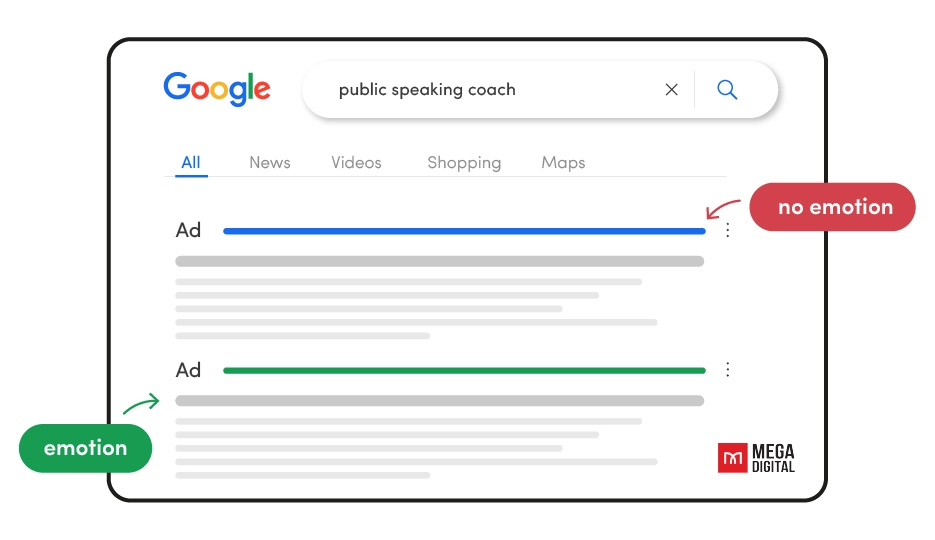
For example, when targeting the keyword “public speaking coach,” here’s how an emotional approach can outperform a feature-driven one:
- Option 1: “Best Public Speaking Coach – 1-on-1 Virtual Coaching. Learn tailored public speaking skills with our expert coaches. Take your first class for free. Sign up now.”
- Option 2: “Speak with Confidence – Public Speaking Coaching for You. Overcome your fear, master speaking with ease, and unlock new opportunities. Start today and feel the difference.”
The second option is more compelling because it appeals to the reader’s desire for personal growth and confidence, driving engagement beyond just offering a service.
#3 Optimize Landing Pages for Maximum Conversions
For best results, keep your ad and landing page messaging consistent. Ensure the landing page is clean, focused, and delivers on the ad’s promise. Fast-loading, mobile-friendly pages enhance user experience and SEO.
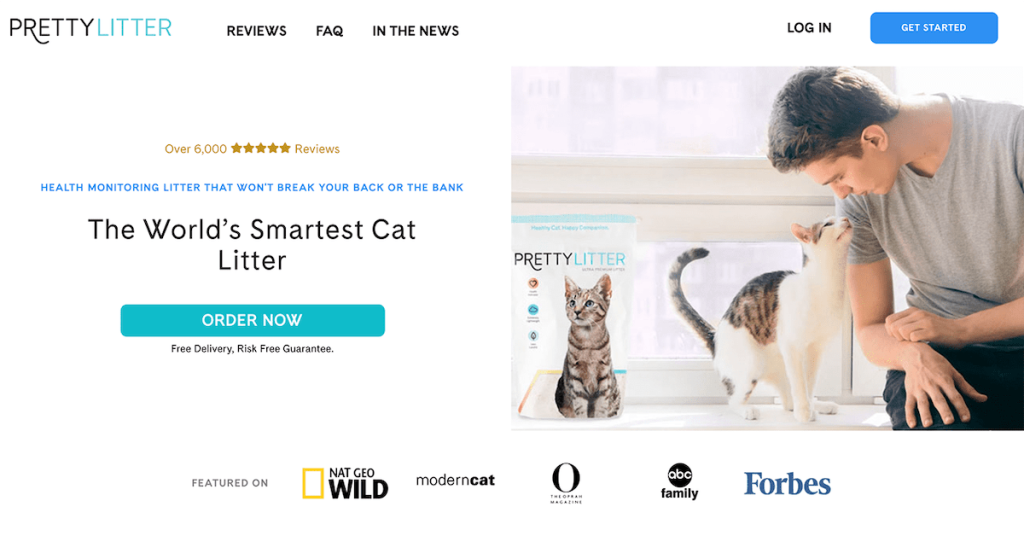
Take the landing page in the image above as an example. It reinforces the product’s value – “The World’s Smartest Cat Litter” – in both the ad and on the page.
Moreover, the layout is simple and highlights important details like customer reviews and benefits without distractions. Finally, the CTA, “Order Now,” is clear and supported by a risk-free guarantee, giving users a solid reason to act right away.
#4 Advertise on Multiple PPC Platforms
By expanding to at least 3 platforms, you can increase your brand’s visibility and reach new audiences that may not be present on a single platform. In doing so, you boost the potential for more traffic, leads, and conversions.
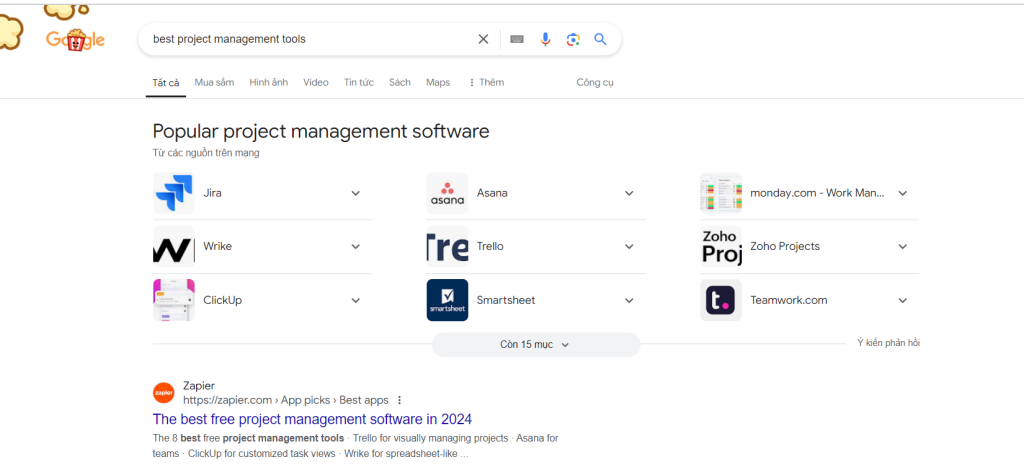
For example, if you’re running a PPC campaign for project management software, Google PPC Ads can help you capture high-intent users actively searching for terms like “best project management tools.”
Facebook Ads target users by job roles like business managers or startup founders, while Microsoft Ads reach professionals on Bing, MSN, and Yahoo, making it ideal for decision-makers in finance and tech.
#5 Set a Realistic Budget for Your Campaign
Setting a PPC budget for your Google Ads campaign requires careful planning and aligning your spending with your business goals. To find the right budget, start by conducting comprehensive keyword research and analyzing industry benchmarks.
You can use tools like Google’s Keyword Planner to estimate the cost of targeting specific keywords. From there, you need to calculate your desired return on ad spend (ROAS) to guide your budget decision.

Regularly tracking and adjusting based on ad performance is essential for optimizing your PPC campaign. A data-driven approach ensures efficient resource allocation and maximizes impact.
For reference, 43% of startups and 33% of small businesses spend between $100 and $5,000 monthly on PPC, while 24% of mid-sized companies invest $10,001 to $50,000. Knowing where your business fits can guide your budget decisions effectively.
>>> Read more: Google Ads Budget: How Much to Spend? How to Reduce Ad Costs?
#6 Use Negative Keywords
Negative keywords allow you to completely remove specific search terms from your Google Ads campaigns, ensuring your ads don’t show up in irrelevant searches.
This helps you focus your ad spend on people who are more likely to be interested in your product, instead of wasting budget on users searching for unrelated content.
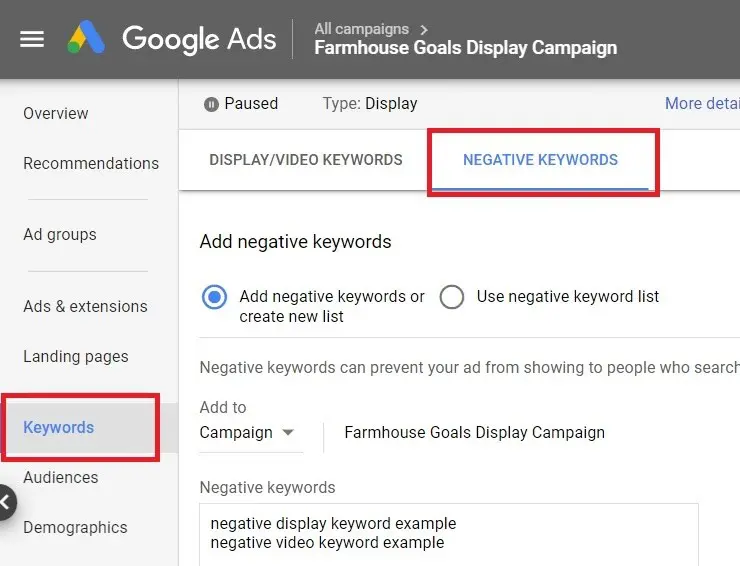
For instance, let’s say you’re running a PPC campaign for an online store that sells custom leather wallets. You might want to exclude keywords like “free leather wallets,” “DIY leather wallet,” and “used leather wallets” from your campaign.
#7 Enhance Ads with Relevant Extensions
Ad extensions are the key to boosting your PPC strategy since they give your ads that extra edge by adding helpful information and making them more attractive and helpful to potential customers.
They can include options like call buttons, additional site links, location details, and promotional offers, all of which help your ad stand out and encourage user engagement.
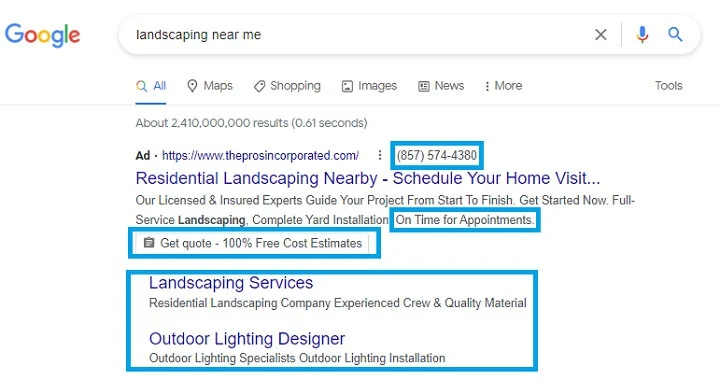
For example, in the image, the landscaping company uses these extensions effectively. The ad features a call extension with the phone number (857) 574-4380 for easy contact. It also includes site links directing users to “Landscaping Services” and “Outdoor Lighting Designer.”
Additionally, callouts like “Get a quote – 100% Free Cost Estimates” and “On Time for Appointments” emphasize their offerings, making the ad more engaging and useful for potential customers.
>>> Read more: Google Ads Sitelinks: How to Use Extensions to Boost Ad Presence
#8 Using TikTok In-Feed Ads
To make the most of TikTok In-Feed Ads, you can focus on creating content that feels natural to the platform. Besides using eye-catching visuals and popular sounds to capture attention quickly, keeping the message clear and simple is also important when leveraging this short-form video.
Make sure to include a strong CTA like “Shop Now” or “Download” so users know what to do next. Additionally, try different formats, such as product demos or influencer content, to see what works best with your audience and adjust your approach based on the results.
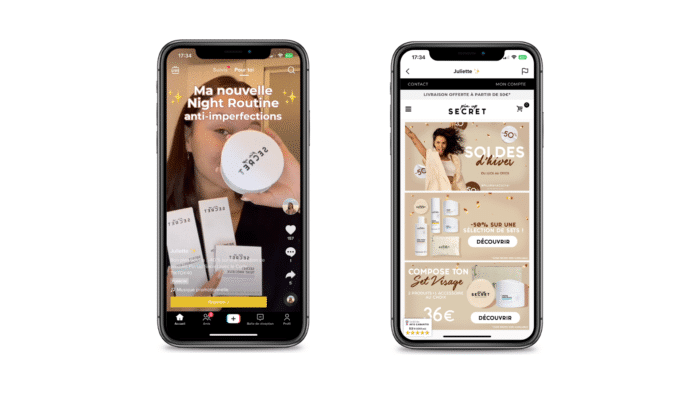
For a skincare ad, create an engaging In-Feed Ad showing a quick product demo using trending TikTok sounds. Add a clear “Shop Now” button linking to the product page.
Monitor metrics like CTR and conversions, and if engagement is low, try shortening the video, changing the CTA to “Buy Now,” or featuring user-generated content. Continuously adjust based on performance.
#9 Target Audiences Based on Life Events
Life event targeting in PPC connects brands with users during key milestones like a new job, marriage, or having a baby. This strategy delivers relevant ads, making your message more impactful and tailored to their needs.
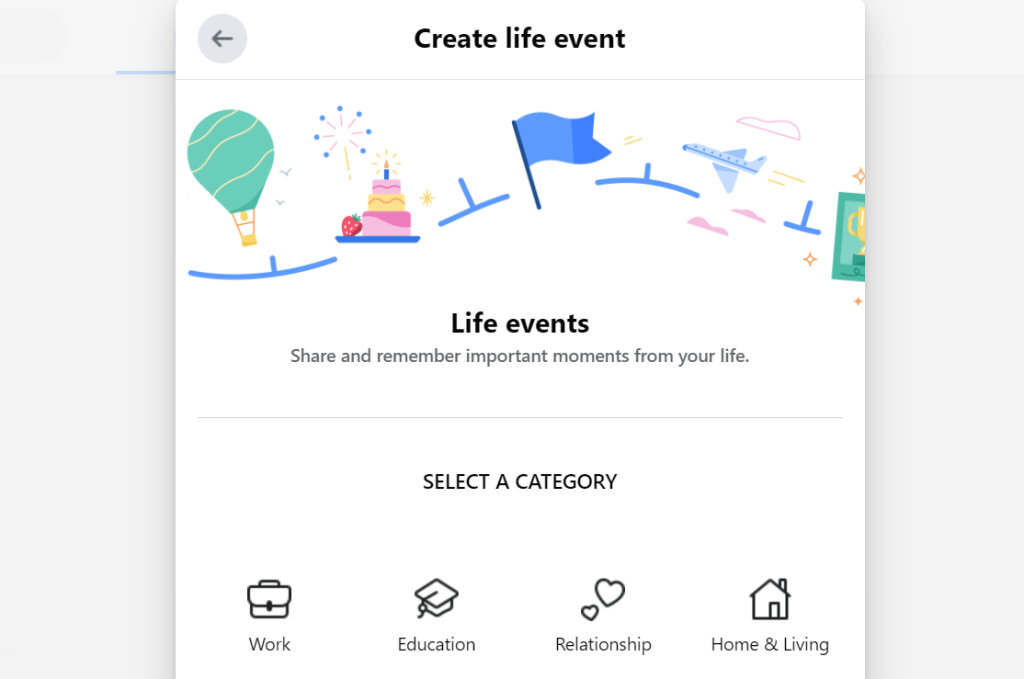
For example, as a baby product retailer, you can target users marked as “Expecting a Baby” on Facebook to reach soon-to-be parents. Offer promotions like 10% off baby registries or bundle deals on cribs and newborn essentials to engage these users with timely, relevant offers.
#10 Use Dynamic Keyword Insertion (DKI) for Personalized Ads
Dynamic Keyword Insertion is a useful tool within Google Ads that allows advertisers to customize their ads based on a user’s specific search query. By dynamically inserting the search query into the ad copy, DKI creates a more personalized and relevant experience for potential customers.
This strategy can significantly improve the visibility of your ad, as well as its click-through rate, by showing users exactly what they’re searching for.
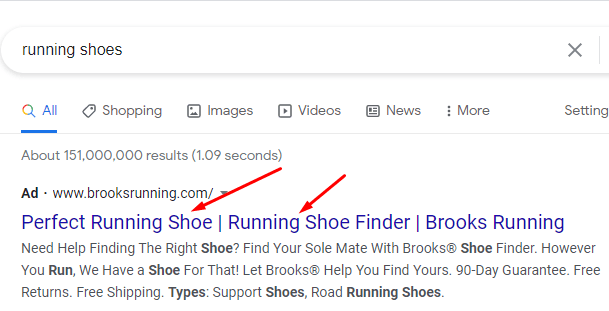
For example, if you’re running a campaign for athletic gear and want to target users searching for running shoes, you could create an ad like this: “Buy {keyword:shoes} at the Best Prices Today!” If someone searches for “running shoes,” the ad will dynamically adjust to say, “Buy Running Shoes at the Best Prices Today!” to grab the user’s attention by matching their exact search.
#11 Target Business Professionals with Bing Ads
Bing Ads can help you reach a unique audience, especially users who aren’t typically using Google. Many Bing users are professionals in industries like finance, technology, and education, making it a great platform to target decision-makers or business buyers.
Additionally, Bing’s integration with partner sites like MSN and Yahoo expands your visibility to more users in business environments.

For instance, if you’re selling project management software, you can target users by searching for “best business management tools” or “software for project managers” on Bing. Since Bing’s audience includes professionals with higher incomes, your ad is more likely to reach decision-makers who are ready to purchase.
#12 Use Snapchat Ads for Mobile-First Audiences
If you’re looking to reach younger audiences, especially Gen Z and Millennials, Snapchat’s mobile-first platform is a great option. With ad formats like Snap Ads and Story Ads, you can create short, engaging videos or interactive content that captures users’ attention and keeps them engaged. These formats are designed to feel natural on the platform, making it easier to connect with your target audience.
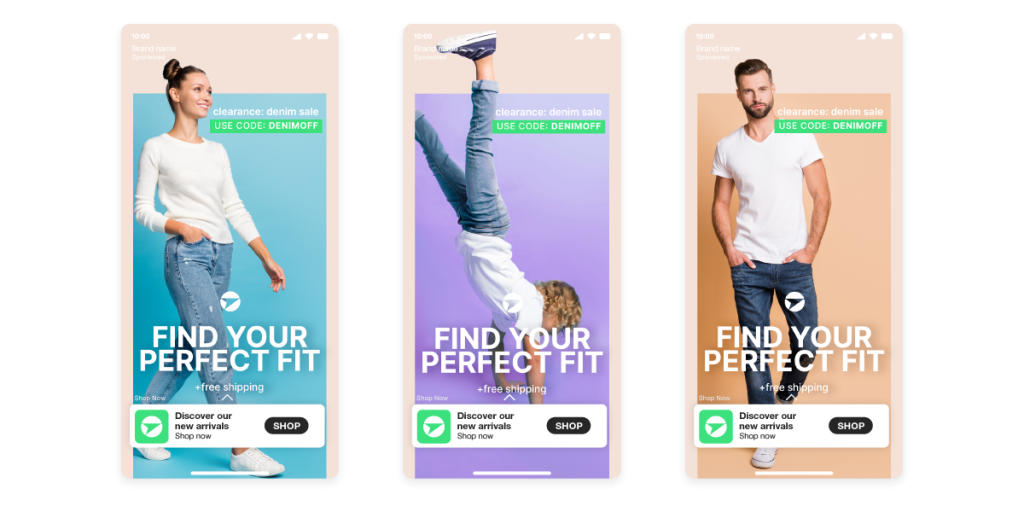
Let’s say you have a streetwear brand, you could run a 10-second Snapchat ad featuring influencers wearing your new collection. Add a “Swipe Up to Shop” button at the end so users can quickly visit your site.
Because your ad appears between friends’ stories, it feels more natural and engaging and the easy call-to-action will encourage users to check out your products, leading to more conversions.
#13 Use Trending Hashtags on Twitter
Twitter is great for PPC advertising due to its hashtag-driven culture and trending topics. Incorporating relevant hashtags in your ad copy helps target specific audiences and align your brand with current conversations.
This strategy is especially effective for event or trend-based campaigns, as tweets with hashtags can boost engagement by up to 100% for individuals and 50% for brands.
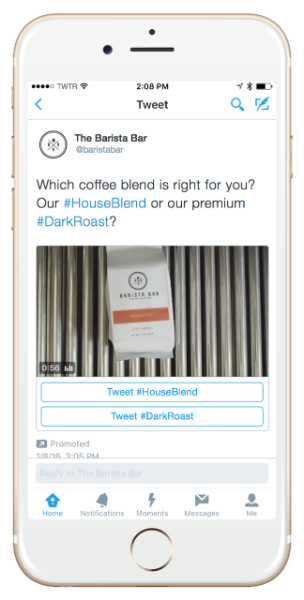
For instance, the coffee brand in the image uses hashtags like #HouseBlend and #DarkRoast to promote their products while encouraging users to share their preferences. This interactive approach feels like a poll, inviting engagement while boosting brand visibility.
As a result, the campaign not only drives user interaction but also increases product recognition as audiences are more likely to retweet, comment, and participate, leading to higher engagement rates.
Example of a PPC Strategy from Mega Digital
In this section, I’ll share how I approached a campaign for an eco-friendly water bottle brand using PPC advertising strategies, transforming the example into a case study to illustrate each step.
Step 1: Define Your PPC Strategy’s Goals
The foundation of any successful PPC campaign starts with setting clear goals. Do you want to increase brand awareness, generate leads, or boost sales?
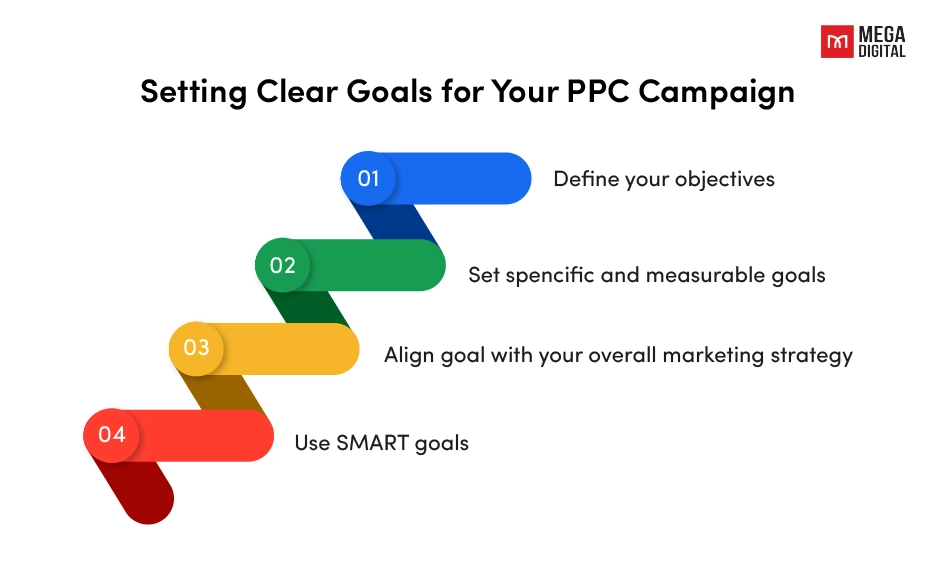
When I launched a PPC campaign for an eco-friendly water bottle, my primary goal was to increase online sales while raising brand awareness among environmentally conscious consumers.
Because the brand was relatively new, the campaign focused on driving traffic to the product page and showcasing its sustainability features. The objective was twofold: first, to generate direct sales, and second, to position the brand as a go-to option for eco-friendly drinkware.
Step 2: Target the Right Audience
With clear goals in place, the next step was targeting the right audience. For this campaign, I used Google Ads to target users who were searching for keywords like “reusable water bottles” and “eco-friendly products.”
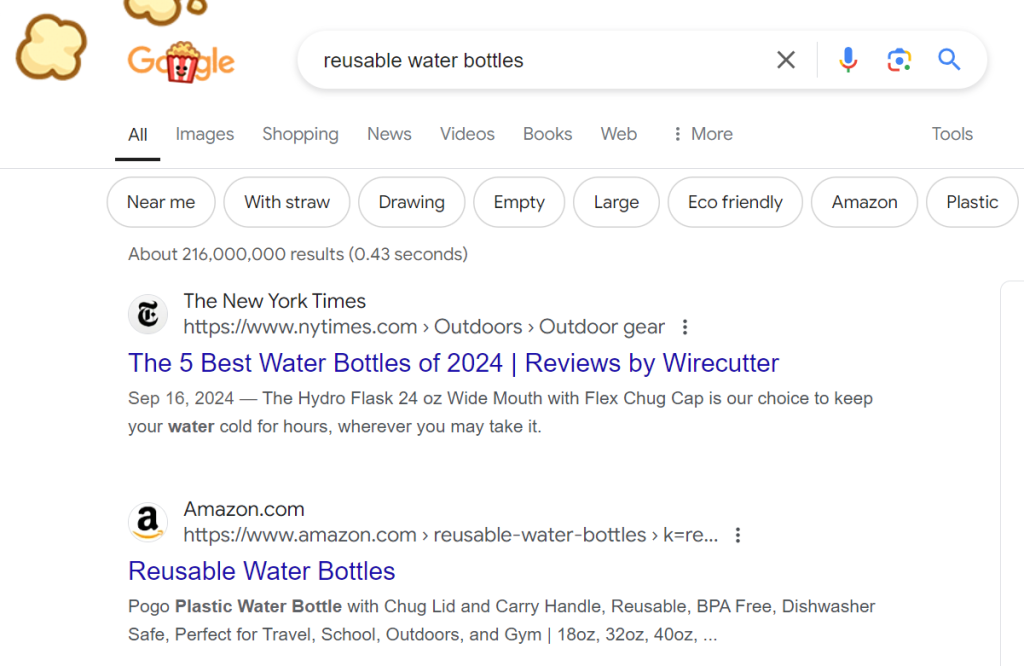
Additionally, on Facebook Ads, I narrowed the audience to individuals who engaged with eco-conscious brands and followed lifestyle content related to sustainability, health, and outdoor activities. This ensured that the ads reached potential buyers already interested in products like ours.
Step 3: Optimize Your Landing Pages
A well-optimized landing page meets visitor expectations. To maximize conversions, I aligned the page with PPC ads, emphasizing eco-friendly features like being BPA-free and made from recycled materials to match the ad’s messaging.
We also added high-quality images, customer reviews, and a clear “Buy Now” button. This setup made it easier for visitors to understand the product’s value and proceed with their purchase.
Step 4: Create Your Ads
Next, a compelling ad is key to capturing the audience’s attention. For the Google Ads campaign, I used headlines like “Eco-Friendly Water Bottles – 20% Off Your First Purchase” to highlight both the product and a limited-time offer.
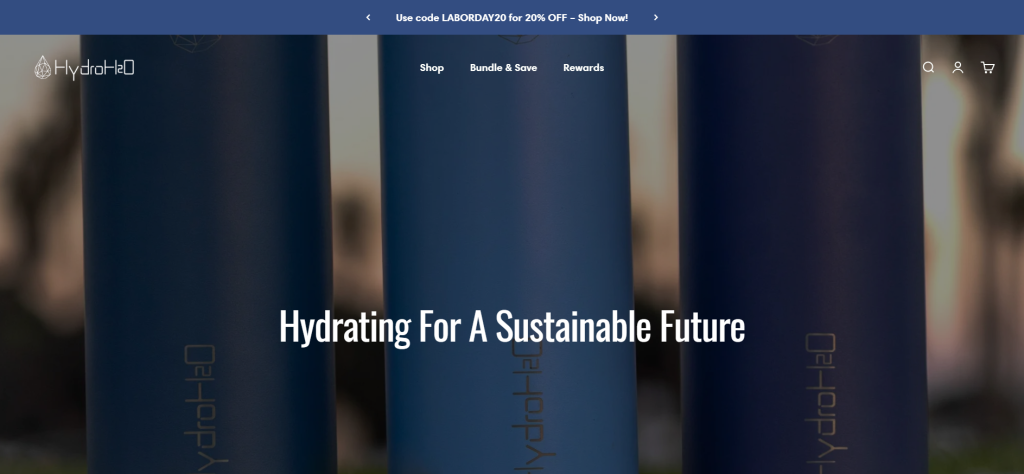
On Instagram and Facebook, visually appealing ads featured images of the water bottle in use, emphasizing its stylish design and durability. The copy reinforced the brand’s commitment to sustainability, with a strong call to action like “Shop Now and Save.”
Step 5: Analyze and Optimize Your PPC Strategy
After launching the campaign, I continuously monitored its performance, focusing on key metrics such as click-through rates (CTR), cost per click (CPC), and conversion rates. I noticed that certain keywords, like “best sustainable water bottles,” drove more conversions than others.
As a result, I reallocated the budget to focus on these high-performing keywords and paused underperforming ones. By making these adjustments, the campaign consistently improved, boosting both traffic and sales.
>>> Read more: 10 PPC Metrics to Optimize Your Campaign for Maximum Results
Conclusion
Above I’ve provided you with 10 pay-per-click strategies that I found most effective to enhance your ad performance and maximize your ROAS. By staying proactive and adaptable, I hope you can leverage these trends to make the most of your PPC advertising.







